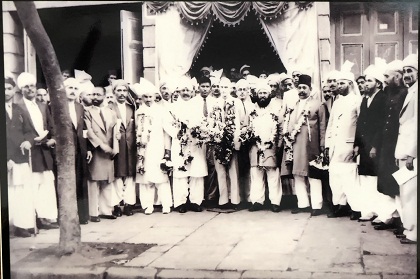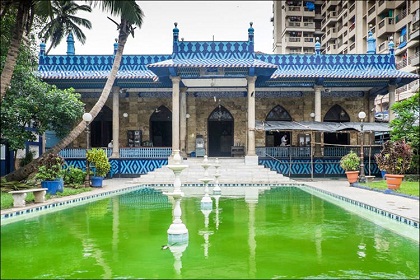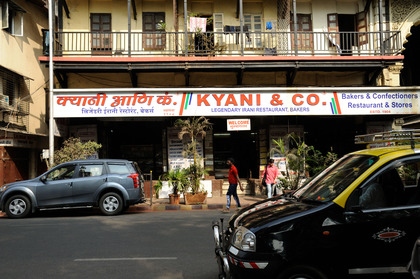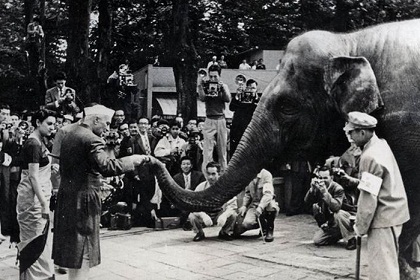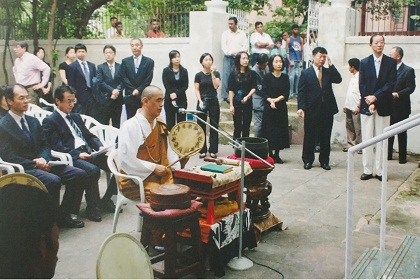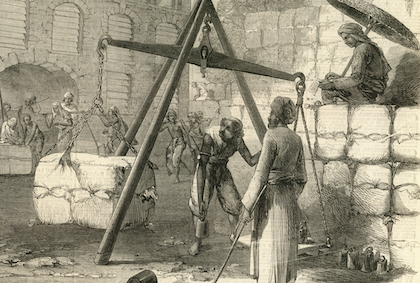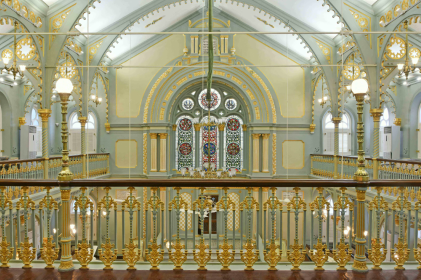Bombay’s Pathans: living by a code
Bombay’s Pathan community was most visible from the 19th century until India’s partition in 1947. Taking to hard labour with a natural ease, they worked mostly in mills and as security staff. Others went into business. Their numbers have thinned now, but they have retained their cultural identity, holding fast to feudal codes of conduct

